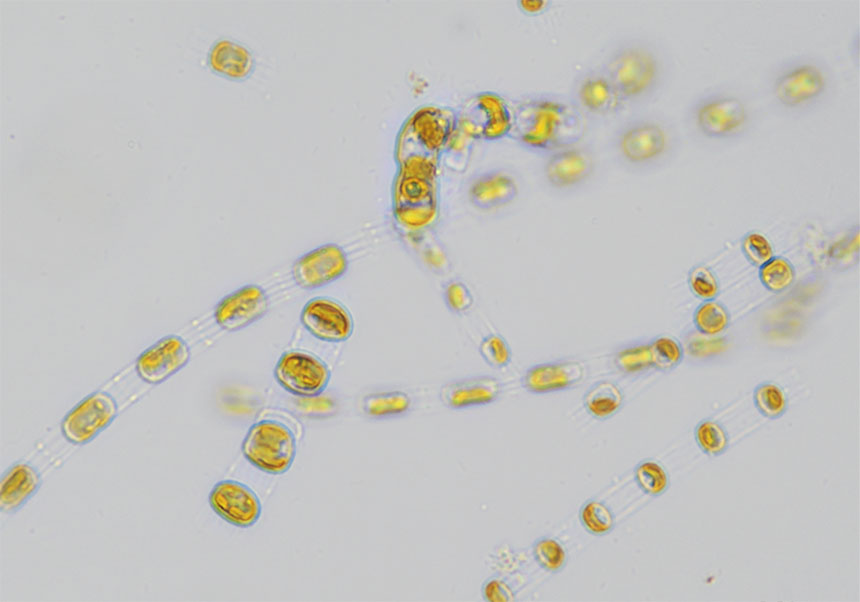Researchers of the University of Valencia predict sea level changes along many coasts around the globe
- Science Park
- April 7th, 2021

Researchers at the Image Processing Laboratory (IPL) of the University of Valencia have developed a machine learning approach to model and predict short-term sea level changes in the coastal regions of the Pacific, Indian and Atlantic oceans. The study, especially useful for coastal protection, has been published in Nature Scientific Reports.
All ocean basins have experienced significant warming and sea level rise in recent decades, driven by climate change. However, there are important regional differences, resulting from different processes on different time scales, such as those associated with temperature changes due to natural causes.
To better interpret observations of sea level variations on coastal regions at a local level, the team of Verónica Nieves, Distinguished Researcher of the GenT Program at the Image Processing Laboratory (IPL) of the University of Valencia, has developed a machine learning approach that exploits estimates of sea temperature to model coastal sea level variability and associated uncertainty across a range of timescales ranging from months to several years.
The study now published in the journal Nature Scientific Reports also shows that the physical relationships between temperature variables in the upper layers of open sea regions and estimates of sea level anomalies on the coastal sites of these regions can be used in combination with machine learning methods to make reasonably accurate short-term predictions of the sea level tendency (for one to several years).
They conclude that, to date, short-term regional coastal sea level variations are still largely influenced by natural processes in large open ocean regions, such as open ocean, temperature changes down the water column to 700 metres , which are closely tied to internal natural climate variability. These processes are superimposed on the influence of other effects, like high tides or storms, among others.
“Climate is a highly complex and dynamical system that can change naturally in unexpected ways; and, in this sense, machine learning methods can provide useful insight to better interpret data that exhibits complex nonlinear patterns and identify near-future regional sea level changes”, said Verónica Nieves, the article’s first author and head of the AI4OCEANS group, in the IPL, where this research line is being pursued. “Our models perform particularly well in the coastal areas most influenced by internal climate variability, but they are widely applicable to evaluate the rising and falling sea level patterns across many places around the globe”, added Cristina Radín, a member of the team with which professor Gustau Camps-Valls has also collaborated.
This is the first study to use Artificial Intelligence techniques in the oceans to make this type of predictions. Modelling and anticipating sea level changes in the coming years is crucial for near-term decision-making and strategic planning about coastal protection measures.
The team has also developed an interactive map, as a support tool that will allow inspecting individual regions where the machine learning model prediction was made.
Reference:
Predicting regional coastal sea level changes with machine learning. Veronica Nieves, Cristina Radin, and Gustau Camps-Valls. Image Processing Laboratory, University of Valencia, Valencia, Spain.
More information:
File in: Ciencias Tecnológicas , Matemáticas , Física , Ciencias de la Tierra y el Espacio
















